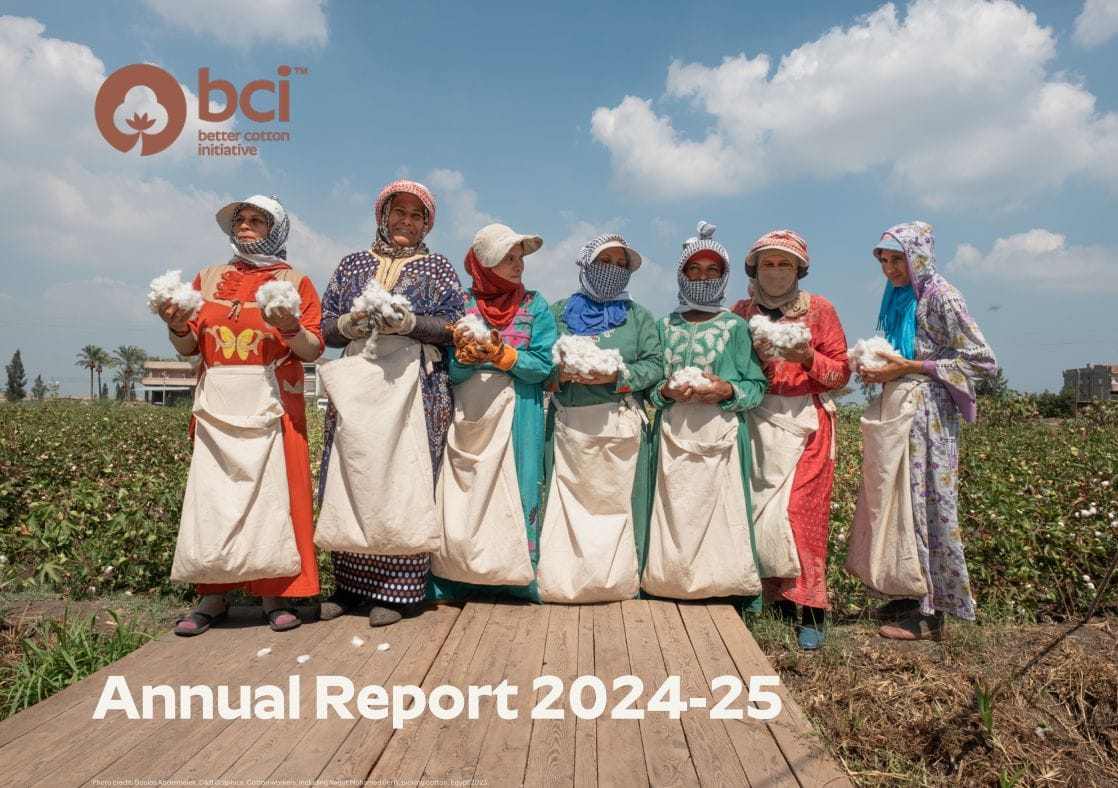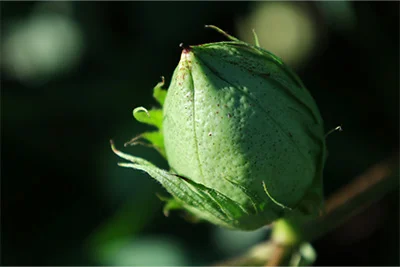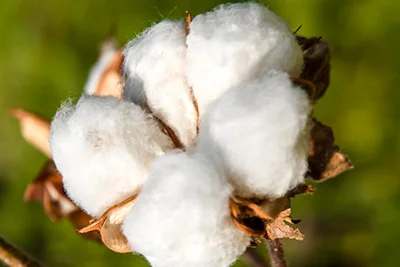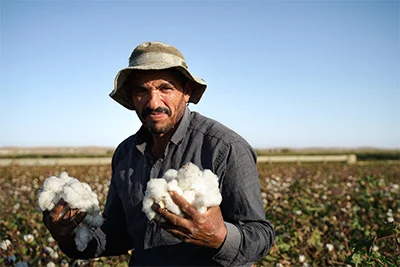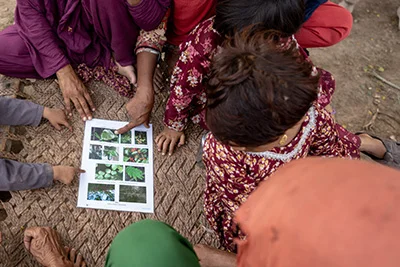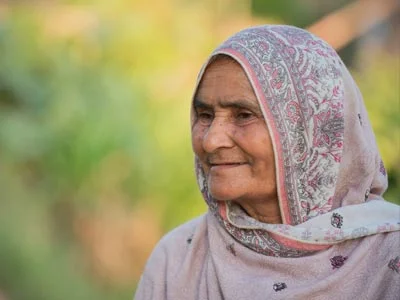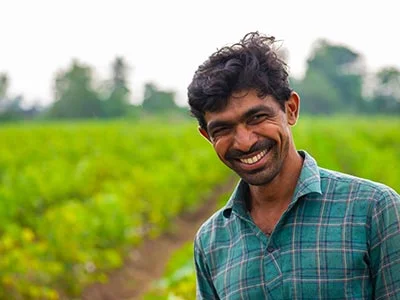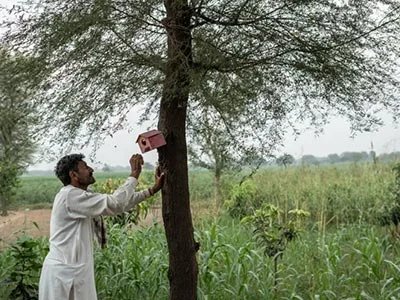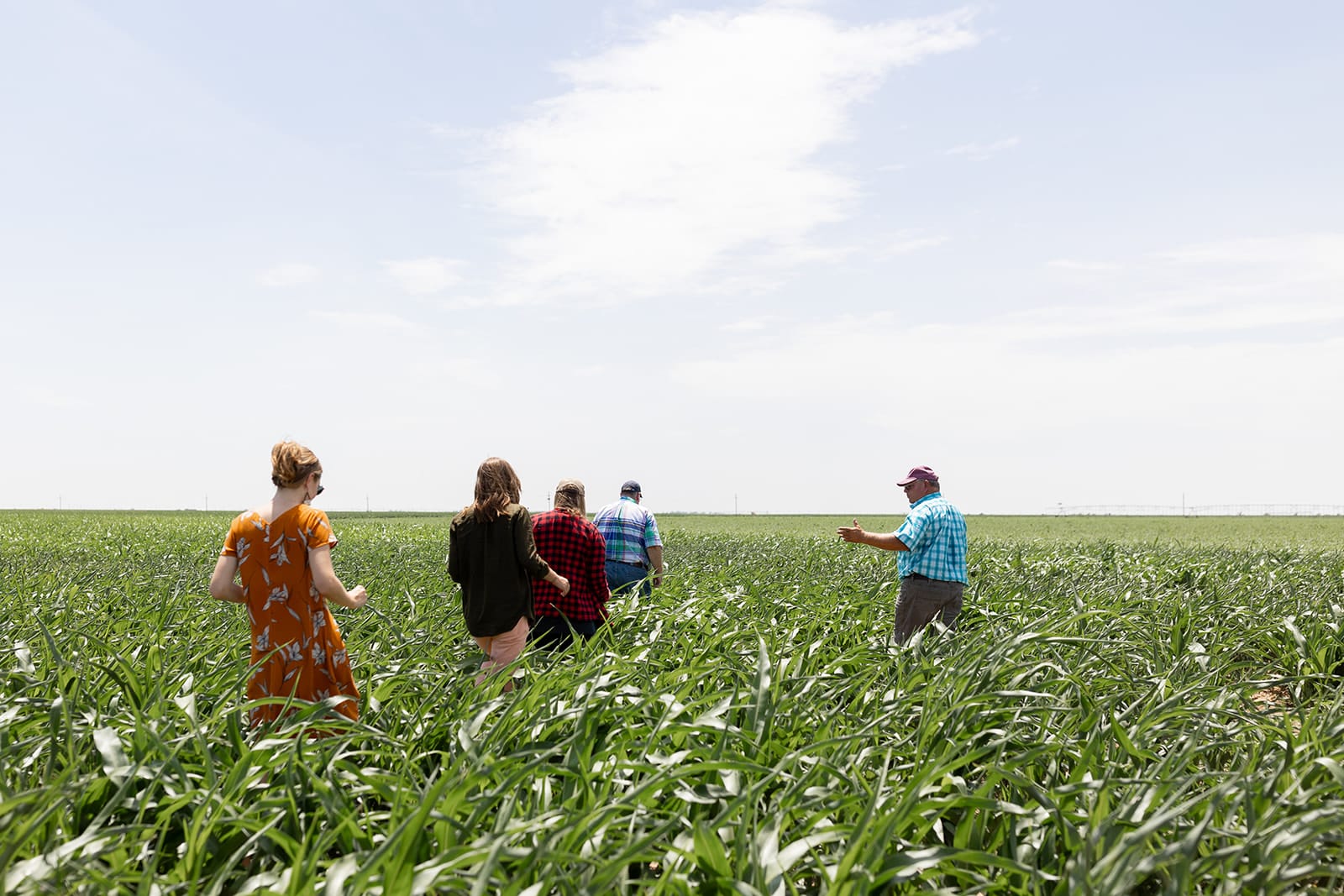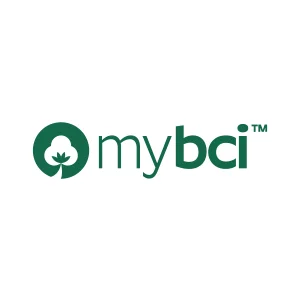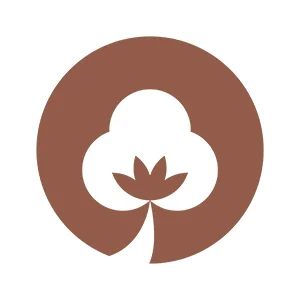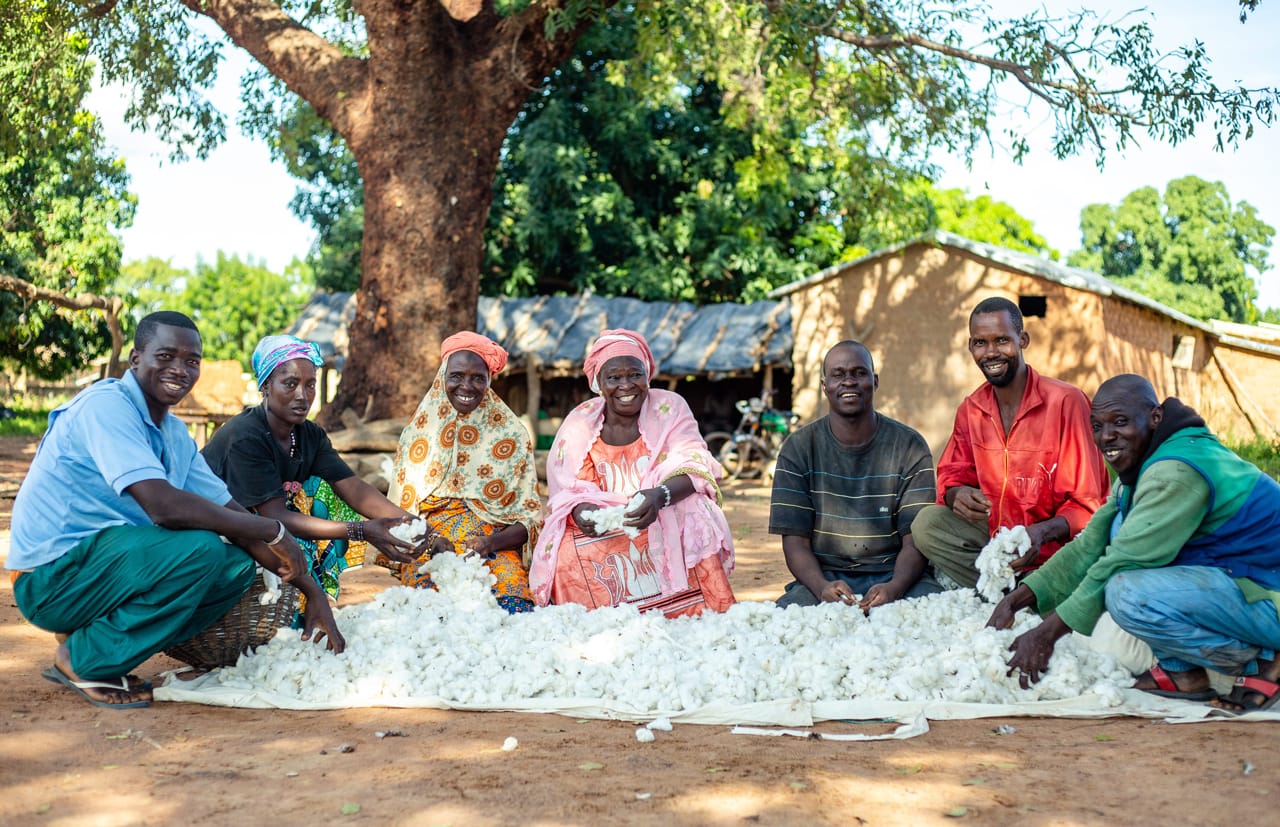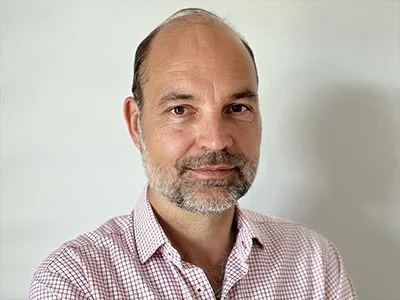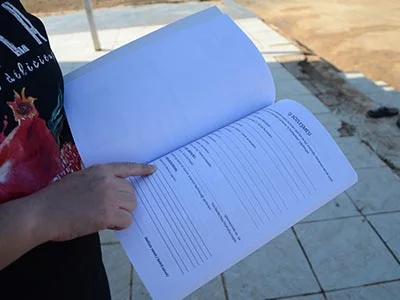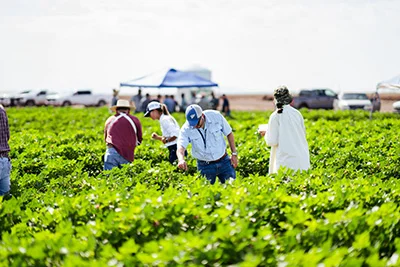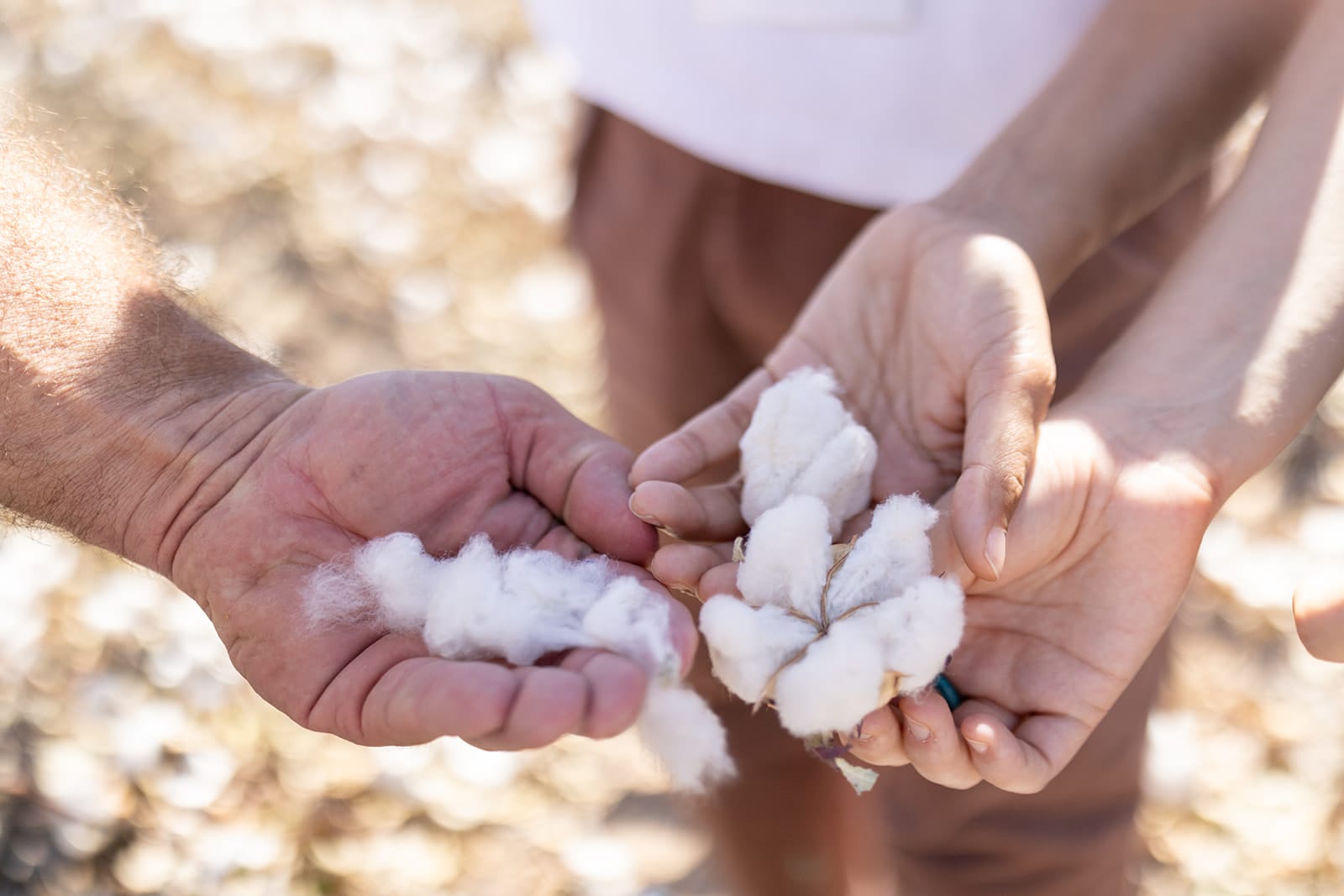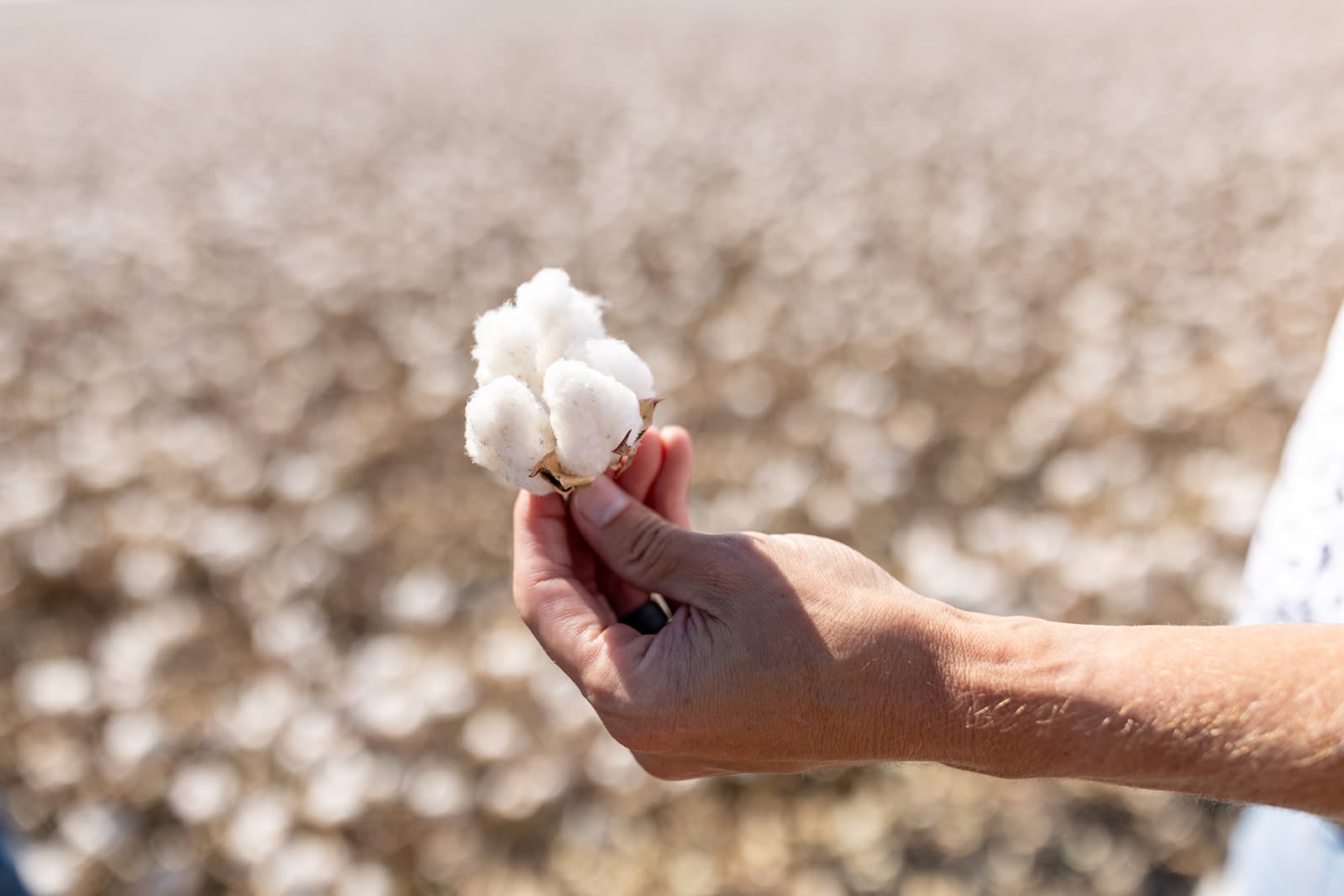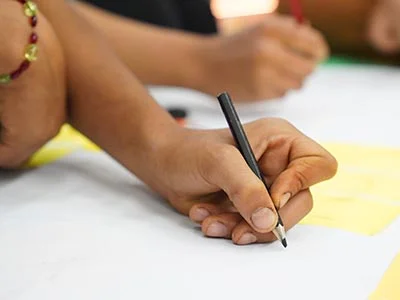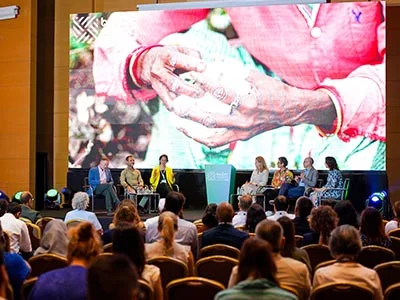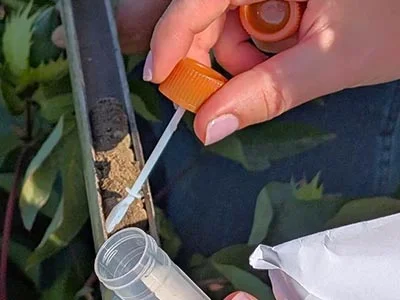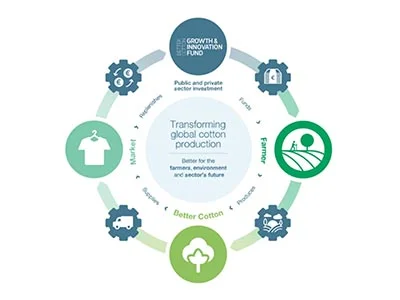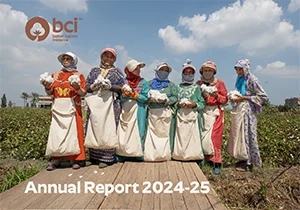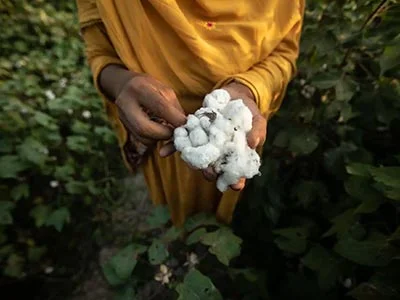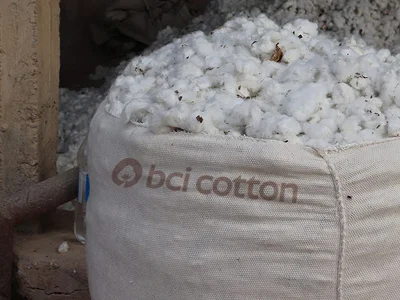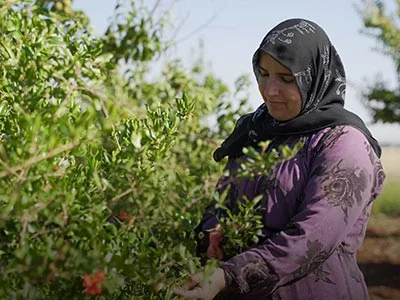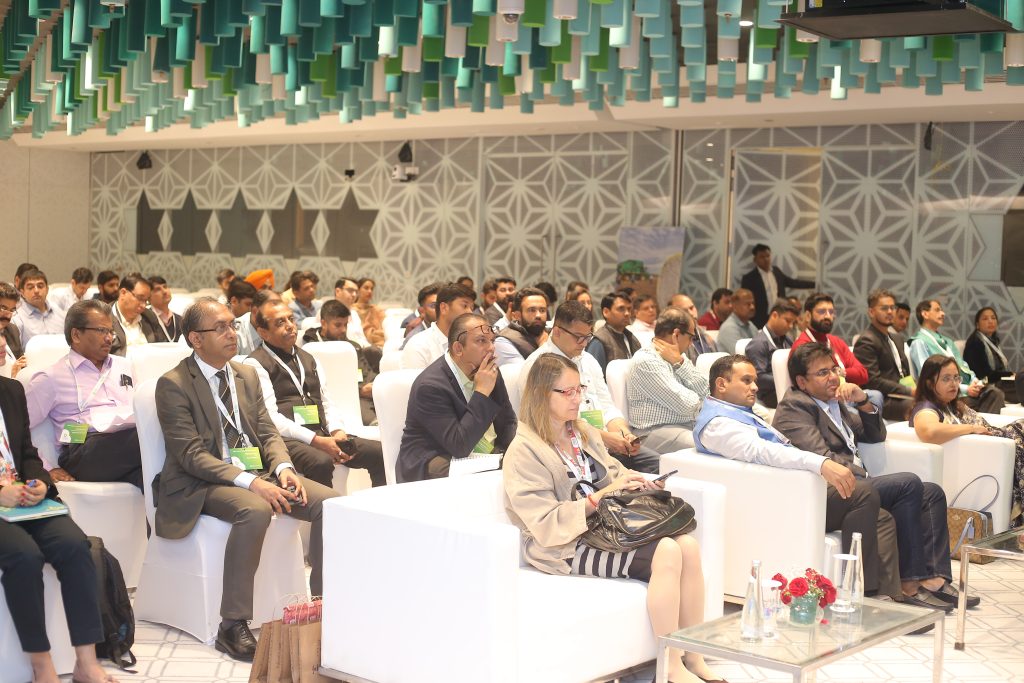
Better Cotton hosted its latest India Annual Member Meeting at the end of February – welcoming around 150 Members and stakeholders from across India, Bangladesh, Sri Lanka and the United Arab Emirates.
Held in conjunction with global textile expo Bharat Tex, in New Delhi, the meeting gave retailers and brands, civil society organisations, suppliers and manufacturers, spinners, fabric mills and cotton traders the opportunity to connect with Better Cotton, learn about trends and projects guiding the organisation, and network with peers.
A keynote speech from Mithileshwar Thakur, Secretary General of the Apparel Export Promotion Council (AEPC) – part of India’s Ministry of Textiles – set the scene with a focus on the government’s ambitions of advancing India’s cotton sustainability credentials, and its work to increase exports into the global fashion and textile markets.
A series of sessions led by Better Cotton staff followed, with updates on:
- Better Cotton’s 2030 Strategy, the India programme and supply chain engagement, by Jyoti Narain Kapoor, Director of Better Cotton’s India Programme
- The organisation’s traceability solution, by Manish Gupta, Supply Chain Manager of Better Cotton’s India Programme
- Better Cotton’s India Impact Report 2014-2023 results, our approach to data analysis and positive changes on cotton farms, by Vidyun Rathore, Monitoring, Evaluation & Learning Coordinator
- The changing legislative landscape and how it’s set to impact members, by Eva Benavidez Clayton, Senior Director of Membership & Supply Chain
- Better Cotton’s ambitions to improve farmer remuneration via new financing mechanisms, by Lars van Doremalen, Director of Impact
Member companies and organisations – including IKEA and the Welspun Group – also spoke, highlighting success stories which included the latter’s WelKrishi Programme and its goal to boost uptake of more sustainable agricultural practices among cotton farmers.
This meeting was a great opportunity to update our Members on the projects underway at Better Cotton, the sustained impact we’re having at field level, and the regulations and trends influencing the sector’s direction of travel.
We are incredibly grateful for the turnout at this year’s Member Meeting. We welcomed representatives from India, Bangladesh, Sri Lanka and the United Arab Emirates, which is demonstrative of the highly engaged membership base we have within these regions.

